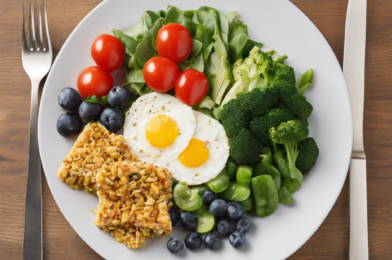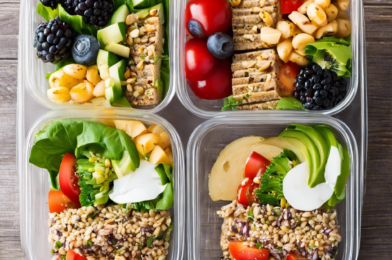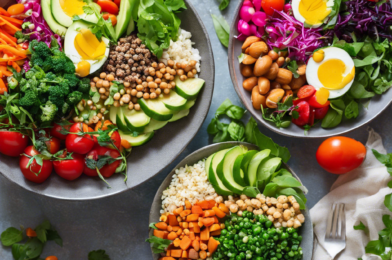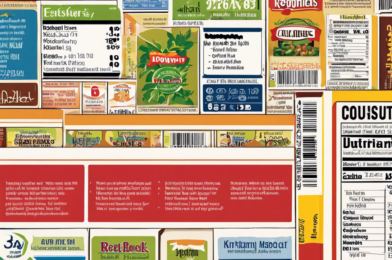Getting into fitness and leading an active lifestyle can be daunting for beginners. The thought of embarking on a new journey towards improved health and wellness may seem overwhelming, but it doesn’t have to be! Starting with simple exercises and gradually increasing intensity and variety is a great way to build a sustainable fitness routine.
Walking is a fantastic and often underrated form of exercise for beginners. It’s accessible, free, and can be done almost anywhere. Start by incorporating brisk walks into your daily routine. Aim for 30 minutes a day, and if you’re just starting, break it down into shorter, manageable bursts. Walking is a low-impact exercise that improves cardiovascular health, builds muscle strength, and boosts mood by increasing those feel-good endorphins. It’s the perfect entry point to a more active lifestyle.
Another simple exercise to try is squats. This basic movement is a fantastic way to build lower body strength and improve core stability. Start with your feet hip-width apart and lower down as if you’re sitting back in a chair. Keep your knees over your ankles, chest up, and core engaged. If you’re new to this movement, try squatting to a chair or using a wall for support until you build the strength and balance to do it unassisted.
Push-ups are another great beginner-friendly exercise. They can be easily modified to suit your fitness level and strength. Start with a modified push-up, also known as a knee push-up. Instead of being in a full plank position, lower your knees to the ground, keeping your legs together. Lower your body until your chest nearly touches the floor, and then push back up. This modification still engages the same muscles as a full push-up but with less of your body weight, making it more accessible for beginners.
Yoga is also a wonderful addition to any fitness routine. It improves flexibility, balance, and strength, while also offering mental health benefits such as reduced stress and improved focus. There are many different types of yoga, so beginners can explore various styles to find what suits their interests and needs. Online yoga tutorials and classes cater to all levels, making it easy to get started from the comfort of your own home.
Swimming is another excellent form of exercise for beginners. It’s a full-body workout that’s easy on the joints, making it accessible to people of all fitness levels and ages. Swimming is a great way to build endurance and tone your body. If you’re new to swimming, start with a few laps in a pool or a gentle swim in a lake or the ocean. You can gradually increase your distance and try different strokes as you build confidence and skill.
For a beginner-friendly cardio workout, jumping rope is an excellent option. It’s a portable and affordable piece of equipment that can deliver a high-intensity workout anywhere, anytime. Jumping rope improves cardiovascular health, coordination, and bone density. It’s a fun and effective way to get your heart rate up and break a sweat. Start with a basic jump, and as you improve, you can experiment with different techniques and footwork to keep things interesting and challenging.
Lastly, don’t forget the power of dance as a fun way to get active! Dancing is a brilliant form of cardio, and with so many styles to choose from, you’re sure to find something that fits your taste. Whether it’s Zumba, hip-hop, or ballroom dancing, moving your body to music is an enjoyable way to get your daily dose of exercise. You can join a dance class or simply turn up the tunes at home and let loose. Dancing is a great reminder that staying active doesn’t have to feel like a chore!









